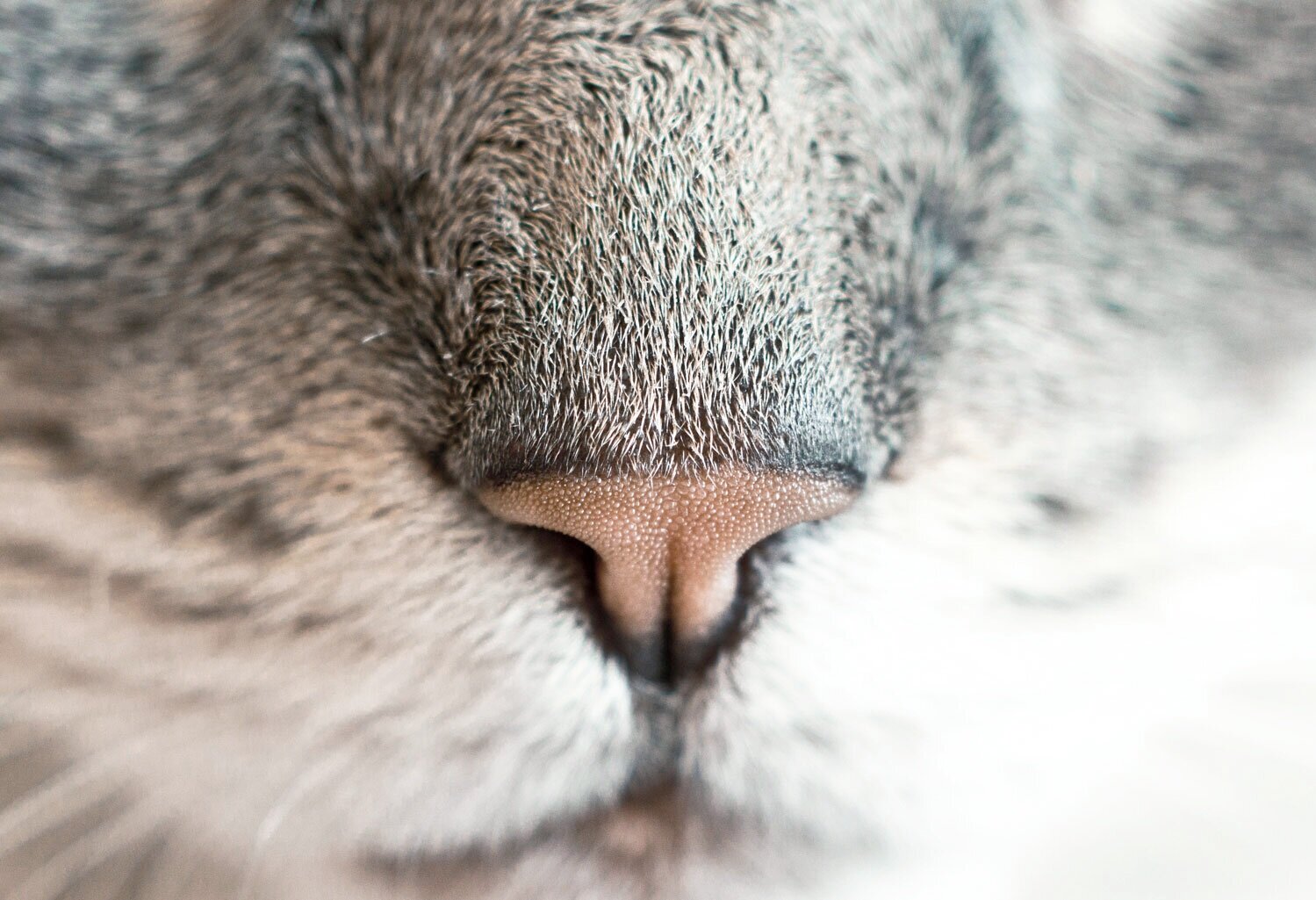
CATS

After years of exploration Dr. Taylor has found osteopathy to be the quickest route to discovering and treating the root cause of many musculoskeletal conditions and other health issues. Since the root cause is found quickly, treatment is effective fewer treatments are required and results last much longer than other therapies.
Problems in Cats that Osteopathy can Help or Resolve:
Back or neck pain
Front or rear leg lameness
Joint arthritis
Soft Tissue pain
Behavioural issues (aversion to touch or grooming, stopped jumping, litter box problems)
Geriatric cats – stiff movement, grouchiness, reluctance to jump high or at all
Hip Dysplasia
Preventative treatment in middle age (5+ years)
“The goal is to determine WHERE motion is lost and then discover WHY.
”

DIAGNOSIS
An evaluation is done by motion testing all the joints for normal range of motion (spine, limbs, ribs and jaw) and motion testing (‘springing’) the body wall in the abdominal and thoracic areas to determine excessive tension in organs underneath.
*The biggest clue to organ involvement is when 2 spinal vertebrae in a row are fixated or rotated to one side.
A joint is restricted for two possible reasons: (can be one or both):
MECHANICAL
50% of joint restrictions are coming from local mechanical issues and therefore will respond well to local manipulation - chiropractic, etc.
*from trauma, overuse etc.
Visceral (Organ)
50% of joint restrictions are caused by nerve changes coming from organ issues (increased tension around organs/fascia or altered organ function) therefore these joint restrictions will NOT respond to local manipulations or adjustments.

The 3 Pillars of OSTEOPATHY
Effective treatment is a blending or continuum of these 3 approaches.

Treating the organs will result in the joint restrictions to free by themselves—they do not need to be treated directly. This is the magic of osteopathy!
“Common organ issues in cats leading to joint restrictions / fixations:”
-
One pelvic bone rotated with sacrum (one sacroiliac joint restricted) and 2 lumbar vertebrae fixated to one side. (L 1 -2)
Read about CBS (crooked butt syndrome). -
RIGHT shoulder blade restricted, thoracic vertebrae 7-9 fixated to one side, some mid-lower ribs can be restricted.
-
One pelvic bone rotated with sacrum (one sacroiliac joint restricted) and 2 or more lower lumbar vertebrae fixated to one side.
PLEASE NOTE
Some organs require treatment that does not involve an osteopathic approach but a conventional veterinary approach or possible other holistic approaches (herbal medicine or homeopathy).

Stuart
“We took our rescued Siamese cat Stuart, who suffers from anxiety, to Dr. Taylor after trying many conventional and alternative ways of reducing his anxiety. He would wake us up like clockwork and appear to be in distress almost every night. One session with Dr. Taylor changed everything for our cat. He is visibly more relaxed and his posture has changed. He no longer vocalizes distress and seems to be a much more contented animal. And he sleeps through the night! We still visit Dr. Taylor occasionally to ensure our cat's head remains 'screwed on right'. Dr. Taylor combines her practical and extensive anatomical knowledge with very subtle manual therapy to elicit significant changes in the animals she treats. Her bedside manner is extremely calm and soothing. She brings a curiosity and skills of a detective to her practice, to attempt to discover underlying causes. She takes a refreshingly integrative and holistic approach to pet health and makes us, the pet owners, feel in control and a valuable partner in the healing process of our animals.”
Karoliina M. :: Calgary, AB
stuart’s story
Dr. Taylor’s notes
In October of 2014 I first met Stuart, an 8 year old Siamese cat. Ever since they got him at 3 years of age he was frequently anxious, and his anxiety would be extreme especially in the middle of the night when he would pace and howl and wake them up. Extensive diagnostic tests proved inconclusive and many treatments both conventional and alternative/holistic were done with no improvements. He was even on Prozac for a while but that just made him more sleepy during the day and still anxious in the middle of the night. Stuart’s people were at their wits end because this was happening almost every night for a few years. He would keep them awake for a couple of hours almost every night.
My exam and craniosacral therapy session found that in his skull he had very restricted temporal bones and TMJ/jaw joints and other patterns of restriction in his base of his cranium or skull and also in his sacrum near his tail. The first session was typically a long one which he seemed to enjoy and he fell sort of half-asleep for a while….as if his whole nervous system was getting very deep rest and relief. This temporal bone pattern of restriction is commonly found in people who suffer from headaches or ringing in the ears/tinnitus.
These problems cannot be documented in animals since they are non-verbal but this is what was possible with Stuart, and I suspected that if he had either of these symptoms, they were at their worst in the middle of the night, hence his howling and pacing.
After his first session he was quiet throughout the night for 5 straight weeks! No howling or pacing for 5 blessed weeks! Stuart’s people were very happy! They also noticed that he was calmer during the day and that his body was looser and more flexible in his movement. Since that time I have treated Stuart another 4 times (over 1 year) as the night-time anxiety starts to creep back again. It is my hope that perhaps there will eventually be a permanent resolution of his night-time pain/discomfort. Of course Stuart will let them know either way! I mostly treat neuro/musculoskeletal issues in cats (neck/back pain, limping etc.) so it is unusual for me to treat in cats what is very common in people, assuming the temporal bone restrictions were causing some kind of discomfort in his head and body. For me it is proof that animals can suffer similar issues that people can have and also have a great response to craniosacral therapy just like people can. Craniosacral therapy can ease suffering without even knowing what initially caused it. The body has a ‘story’ to tell for ‘listening’ hands!
what to expect
Find out what to expect during a feline treatment with Dr. Taylor




